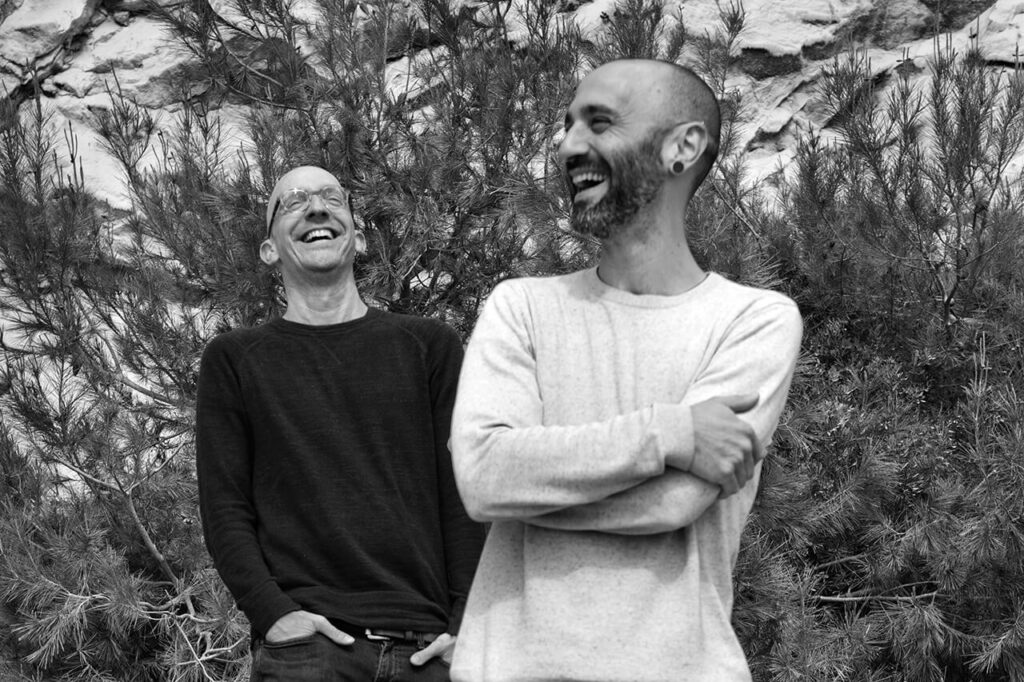Investing time in confirming facts saves time and has more positive effects. It is better to ask 10 people than to rush in thinking we have the whole truth. We should rely less on our own intuition when there are reliable mechanisms to validate information.
In many conversations on the street, discussions or talk shows, opinions are used that are not very well contrasted and whose final information ends up being too personal and generally unbalanced. How many times have we used expressions such as “now this is in fashion…”, “everyone is talking about that” or “my mother likes that”? These are all perceptions that we express from our own experience, from hearsay or from our immediate environment, which usually represent more of an isolated bubble than a palpable reality. They are obviously part of our everyday conversation but they are far removed from properly informed debate. We should be aware that we often do not check the information we obtain before certifying our data.
This would not be of minor importance if it were only part of an everyday, informal dialogue, but the fact is that this way of interpreting reality can often be a barrier to making more relevant decisions that go beyond mere conversation. In a project, for example, it could lead us to work in vain if we base our work on incomplete or misguided information because we do not have valid references with which to take an appropriate path or, in the worst case, we realise this when there is no turning back, when our work is already structured or even published.
If we talk so much about how communication, brands, products and services should focus on users, why do we ask them so little if they are so relevant? Why don’t we use the methodologies applied by digital product companies where testing and prototyping are the order of the day? It should be part of our DNA as designers to use any kind of study or dynamic that would allow us to learn more about our clients, users or the market itself in order to validate each moment that could lead to a decision. And to do so consciously with the aim of gathering valuable information; not to comply with the dossier and be able to say that “a user has validated it”. They must be processes of analysis and creation based on strategic, documented, creative information and other complementary research data.
In any communication project, there are 3 key moments in which we should analyse in one way or another valuable information extracted from research processes, whether they are more or less in-depth:
Before:
The concept of “counter-briefing” was originally coined as the stage in which we verify and contrast what the brief only took as the starting point of a problem or an intention to focus on an assignment. It is therefore a phase that is just as important, if not more so, than the creative phase, in which we must not only know the market, the sector and the competition, but in which it is necessary to verify the precise direction of the assignment in order to finish planning and confirm the viability of the project itself.
In our Metrodology we define the Before as a summary of what we can discover on our own in what we call the Alignment phase (and in which we get to know and immerse ourselves through various techniques and processes). What we document with the client through the Collaboration phase (brand or opportunity discovery workshops) and everything that concerns the knowledge of the different audiences (user research). It is, in short, an internal process of collaboration with the client and research on the market, perception and different types of audiences.
It will be with this information that in the last phase called Identification we corroborate the brief, focus the strategy and document everything necessary to support a line that will allow us to define what we call the Creative Brief and which will be key to continue with the subsequent phase of conceptualisation.
During this phase:
Once we have traced the route we are going to follow through the conceptualisation of the proposal, it is clear that there will be several ideas that will arise and with which we will be able to work. The truth is that it is always better to have few and well worked out than to develop a catalogue of shallow ideas. The prototyping of these solutions will allow us to test them with the target audiences and verify the viability and relevance of their structure and the first sketches before considering them definitive. In this Creation and Development phase, it will be inevitable to ask users again with the specific purpose of validating that the messages are understood, surprising and work.
The succession of these steps will not only ensure that we can confirm the proposals from the users’ point of view, but will also give us arguments when presenting ideas that have already been verified. We should avoid rushing to advance something that has not passed this filter and that may end up in a waste of time.
The After:
It is clear that brand building is not done from a single communication action or through a single piece. That is why the strategy defined in the first phases is key so that, in a coherent way, other actions are established around the idea to gradually develop the messages and value propositions through a relevant solution. This is a long road and therefore in this third phase, After, it will be necessary to analyse and validate the results and effectiveness of the proposals and actions over time. Using user tests, data in relation to sales, impacts, responses and analytics, among others, will provide us with valuable information for iterating and readjusting messages, verifying that they are working or grading them according to the findings of these studies.
This methodology, in addition to logically ordering a work process, will help us to ensure that each of the solutions we offer are justified with real data, while at the same time allowing us to gain in-depth knowledge of the actors involved at each stage.
Oriol Armengou
Click here to read the second part of this article




